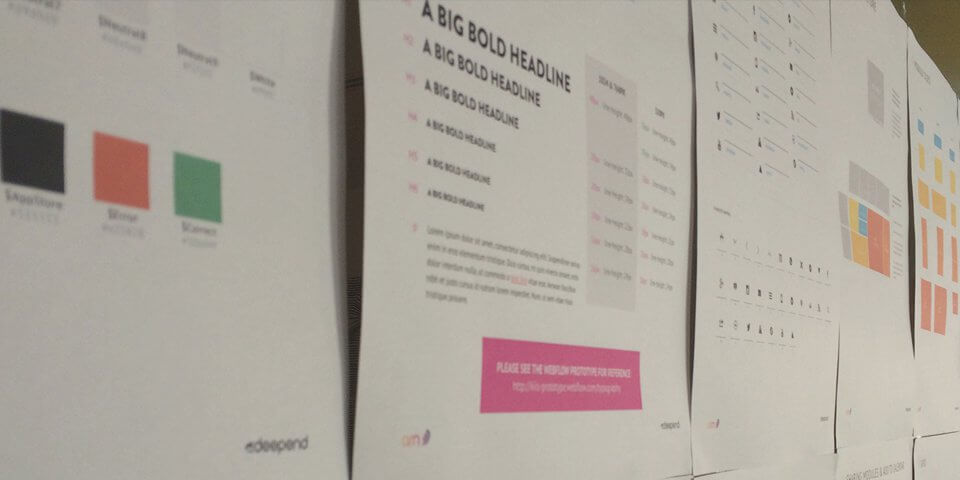Increased Commercialism – Sponsored Content and Ad Units
Part of the transformation of the business to digital content publishers has been an increased focus on commercialisation of the site. This extends to the periodic insertion of ads into continuously lazy loading of content pages, as well as easily facilitating full section take overs with sponsors content. All of which can be trafficked and served by their chosen media partners.






